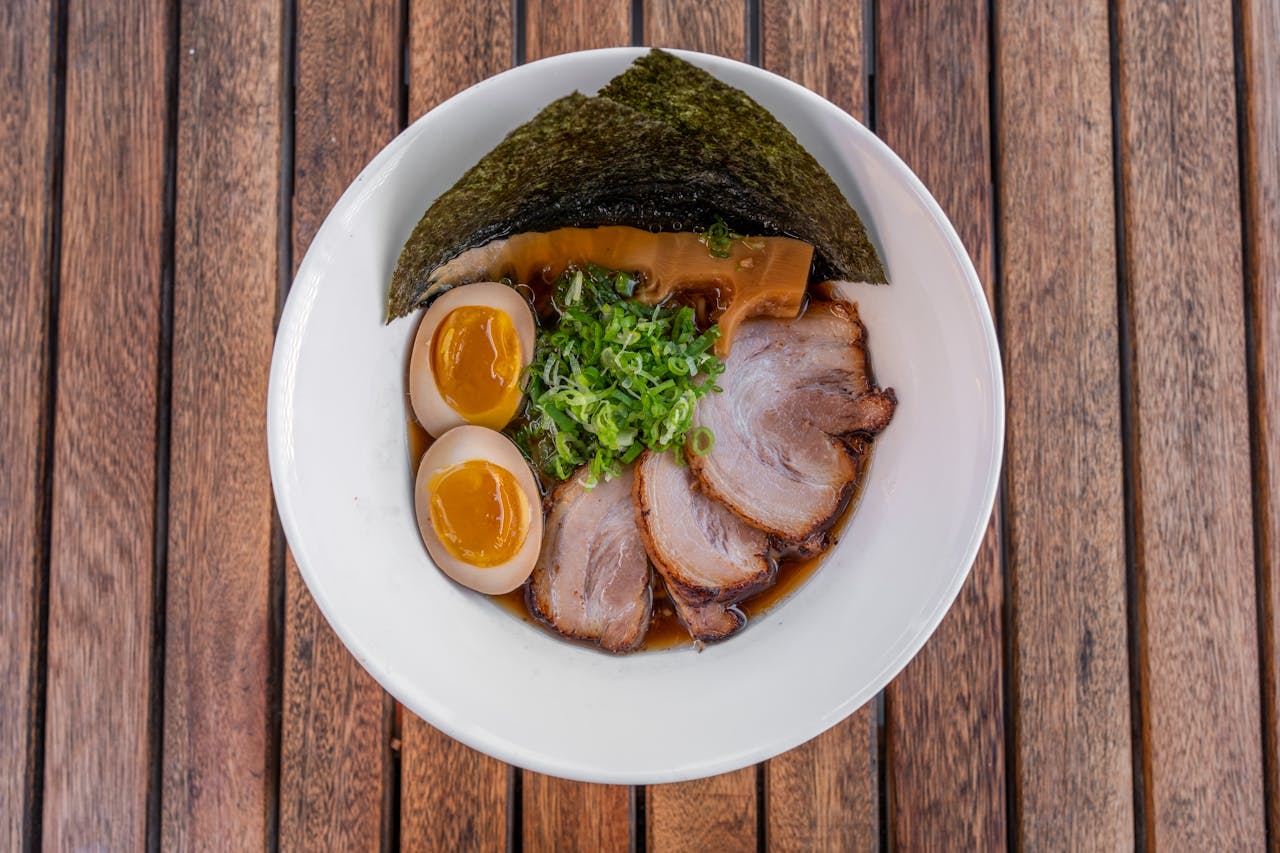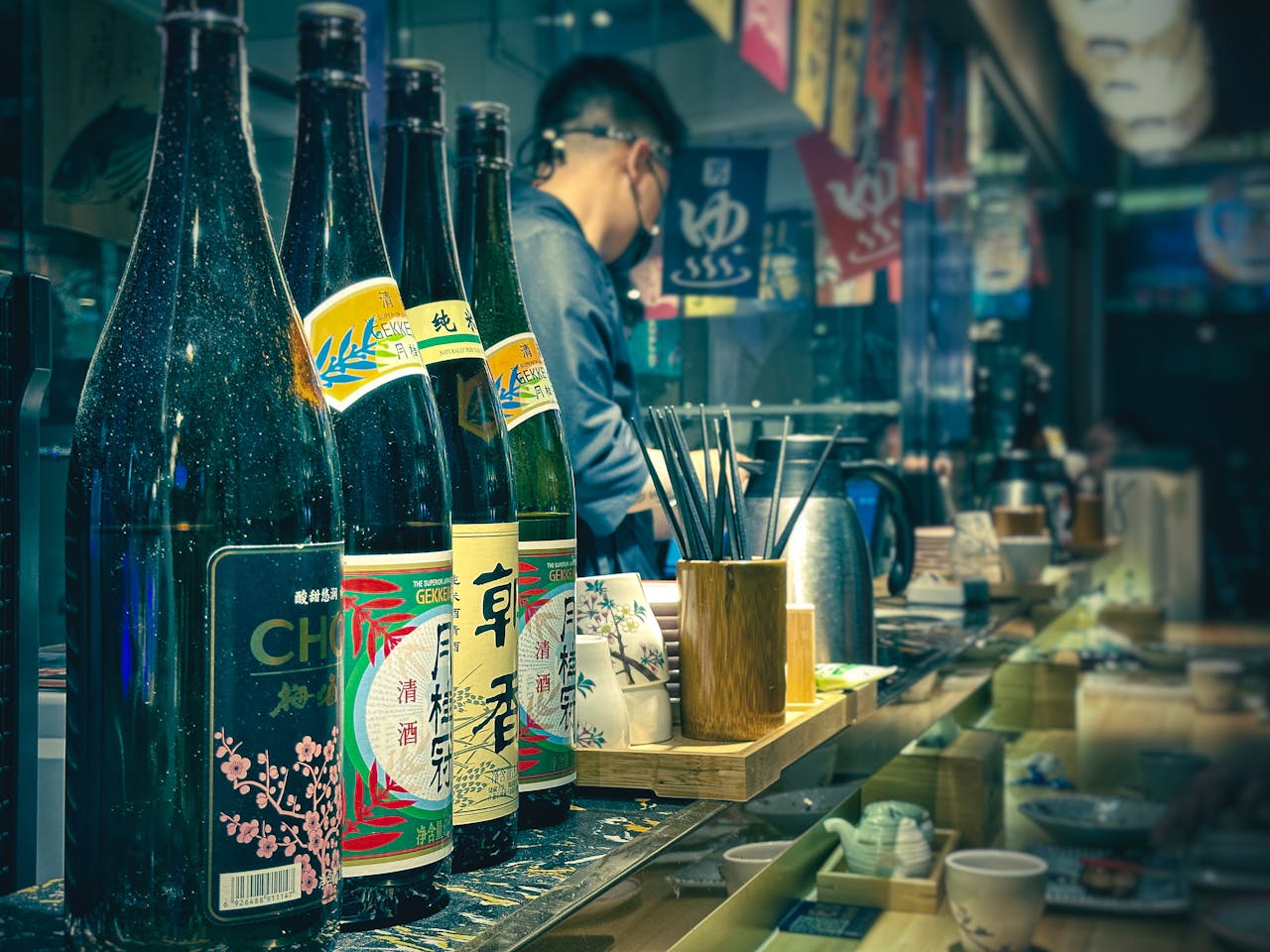Sake Pairing: Traditional Japanese Drink with Global Cuisine
Sake, often referred to as the "drink of the gods," is a versatile and ancient Japanese alcoholic beverage made from fermented rice. While traditionally enjoyed with Japanese cuisine, sake’s diverse flavor profiles make it an excellent companion for a wide variety of global dishes. Whether you’re sipping a delicate Daiginjo or a robust Junmai, the right pairing can elevate both the drink and the meal to new heights. In this guide, we’ll explore how to pair sake with different cuisines from around the world and unlock the potential of this incredible beverage beyond its traditional setting.

Understanding Sake: Types and Flavor Profiles
Before diving into pairings, it’s essential to understand the different types of sake and their flavor characteristics. Sake can vary from light and fruity to rich and earthy. Here are the most common types:
-
Daiginjo: Light, aromatic, and fruity, Daiginjo is considered one of the highest grades of sake. It has a delicate flavor that pairs well with lighter dishes.
-
Ginjo: Also light and fruity but with a more pronounced rice flavor, Ginjo has a slightly richer taste than Daiginjo.
-
Junmai: Made without added alcohol, Junmai is often full-bodied with a robust, earthy flavor. It’s more suited for heartier dishes.
-
Honjozo: A milder sake with a hint of added alcohol, Honjozo is known for being smooth and easy to drink, making it a great all-around pairing option.
-
Nigori: This cloudy sake has a slightly sweet, creamy texture, ideal for pairing with desserts or spicy foods.
Now that we have a basic understanding of the types of sake, let’s explore how these varieties can complement different global cuisines.
Sake and French Cuisine: Elegance Meets Elegance
French cuisine, with its focus on delicate flavors and creamy textures, pairs beautifully with sake, particularly Daiginjo and Ginjo varieties. The lightness and subtle sweetness of Daiginjo make it a perfect match for dishes like seafood risotto, lobster bisque, or buttery scallops.
-
Pairing tip: A Daiginjo’s fruity notes complement the richness of creamy sauces like beurre blanc, enhancing both the dish and the drink.
For heartier French dishes like coq au vin or beef bourguignon, a full-bodied Junmai adds depth and balances the richness of the sauces with its earthier, more savory notes.
Sake with Italian Cuisine: A Surprising Harmony
Italian food, known for its bold flavors and aromatic ingredients, pairs surprisingly well with sake. For lighter dishes like Caprese salad or pasta primavera, a crisp and floral Ginjo or Daiginjo enhances the freshness of the tomatoes and basil without overwhelming the dish.
-
Pairing tip: Try pairing a Ginjo with seafood linguine or clam pasta. The delicate flavors of the sake accentuate the briny sweetness of the seafood, while the acidity cuts through the richness of olive oil-based sauces.
For pizza lovers, especially those who enjoy mushroom or truffle-topped pizzas, Junmai is an excellent choice. Its earthy tones complement the umami flavors in the toppings, creating a rich, savory experience.

Sake and Mexican Cuisine: Balancing Spice and Flavor
Mexican cuisine, with its spicy salsas, zesty citrus, and earthy beans, might not seem like an obvious match for sake, but it can be a game-changer. The trick is to balance the spice with the sweetness and acidity of sake.
-
Pairing tip: Nigori sake, with its creamy texture and slight sweetness, is perfect for cooling down spicy dishes like tacos al pastor, chili con carne, or spicy enchiladas. The sweetness helps balance the heat, while the creamy texture soothes the palate.
A Ginjo or Honjozo pairs beautifully with lighter Mexican dishes like ceviche or fish tacos, as its clean finish and subtle fruit notes enhance the fresh flavors of lime, cilantro, and seafood.
Sake with Indian Cuisine: Taming the Spice with Sweetness
Indian cuisine, with its layers of spices and vibrant flavors, can be intense, but the right sake pairing can bring harmony to the table. Sake’s natural sweetness and umami balance out the spice while elevating the complexity of the dishes.
-
Pairing tip: For fiery dishes like chicken tikka masala or lamb vindaloo, a slightly sweet Nigori or a crisp Ginjo helps tame the heat. The subtle sweetness of Nigori softens the spice while adding a creamy mouthfeel, and the lightness of Ginjo refreshes the palate.
For richer, creamier curries like butter chicken or paneer makhani, a Junmai’s earthy depth complements the richness of the dish without competing with the spices.

Sake and American BBQ: Smoke Meets Umami
American BBQ, with its smoky, savory flavors, pairs remarkably well with sake, particularly richer varieties like Junmai and Honjozo. The umami notes in the sake bring out the depth of flavor in smoked meats while offering a smooth contrast to the intense smokiness.
-
Pairing tip: For a smoky pulled pork sandwich or ribs, a Junmai’s full-bodied, slightly nutty flavor cuts through the richness of the meat, while enhancing the savory barbecue sauce. Honjozo, with its clean finish, also complements grilled steaks and burgers, balancing the charred exterior with a refreshing sip.
For lighter BBQ options like grilled chicken or smoked turkey, a Daiginjo offers a refreshing, floral contrast to the smoky flavors, allowing both the meat and the sake to shine.
Sake and Asian Cuisines: Traditional Meets Fusion
Of course, sake’s origins in Japan make it a natural fit for many Asian dishes. But beyond Japanese food, sake also pairs well with other Asian cuisines such as Chinese, Thai, and Korean.
-
Pairing tip: For spicy Korean BBQ or Szechuan dishes, Nigori helps soothe the palate from the heat, while Junmai enhances the umami in soy-based marinades and sauces.
A Ginjo or Daiginjo pairs well with lighter Thai dishes like spring rolls or pad Thai, where the floral notes complement the herbs and citrus, and the clean finish balances the spiciness and sweetness in the dishes.
Exploring Sake Beyond Japan
Sake’s complexity and versatility make it an ideal companion for a wide variety of global dishes. Whether you’re savoring French fine dining, indulging in Italian pasta, or diving into spicy Mexican or Indian fare, sake can offer a delightful, unexpected pairing. By experimenting with different types of sake and cuisines, you can discover new ways to enjoy this traditional Japanese drink while expanding your culinary horizons.
So the next time you’re planning a meal, consider bringing sake to the table—it might just surprise you!












